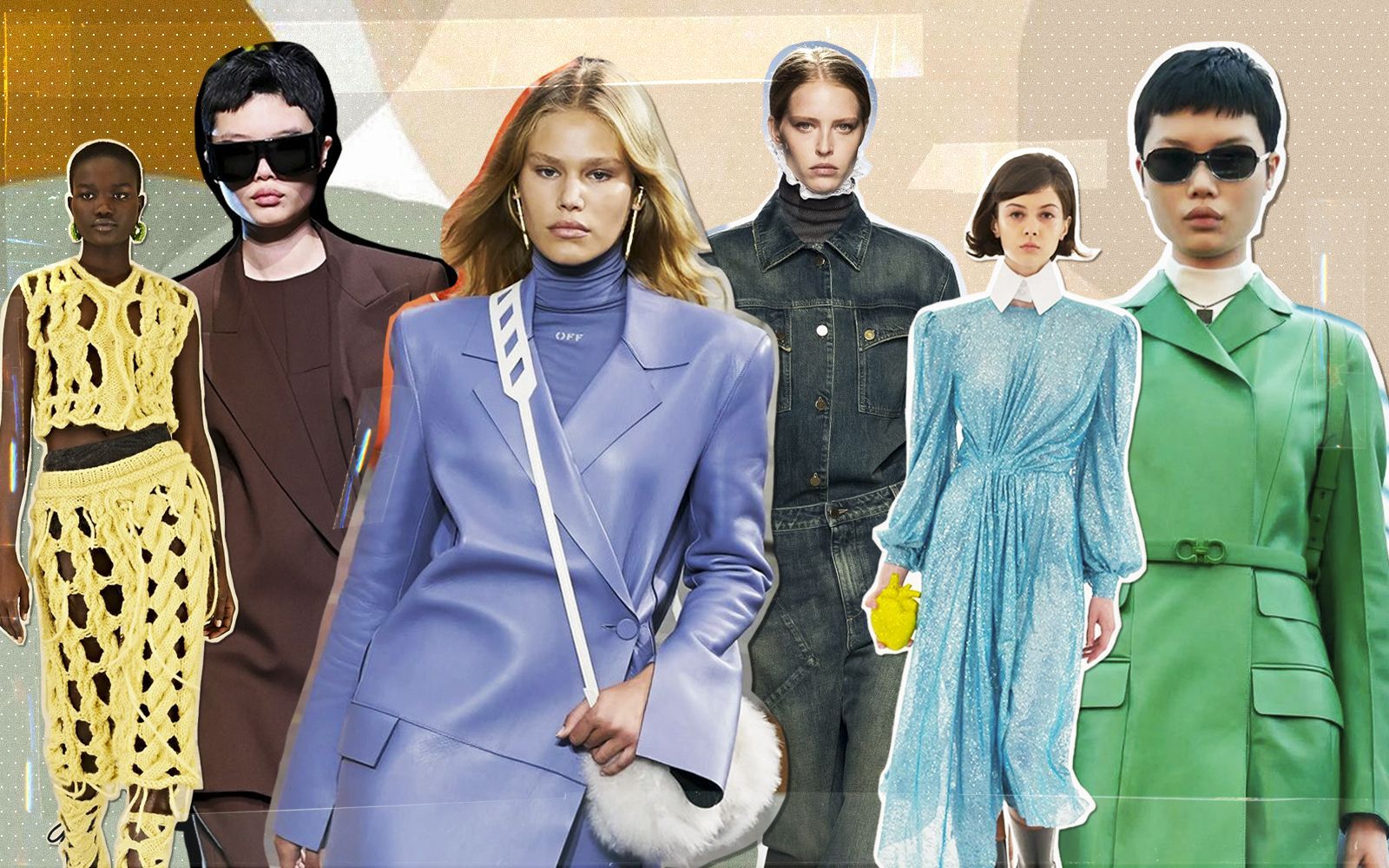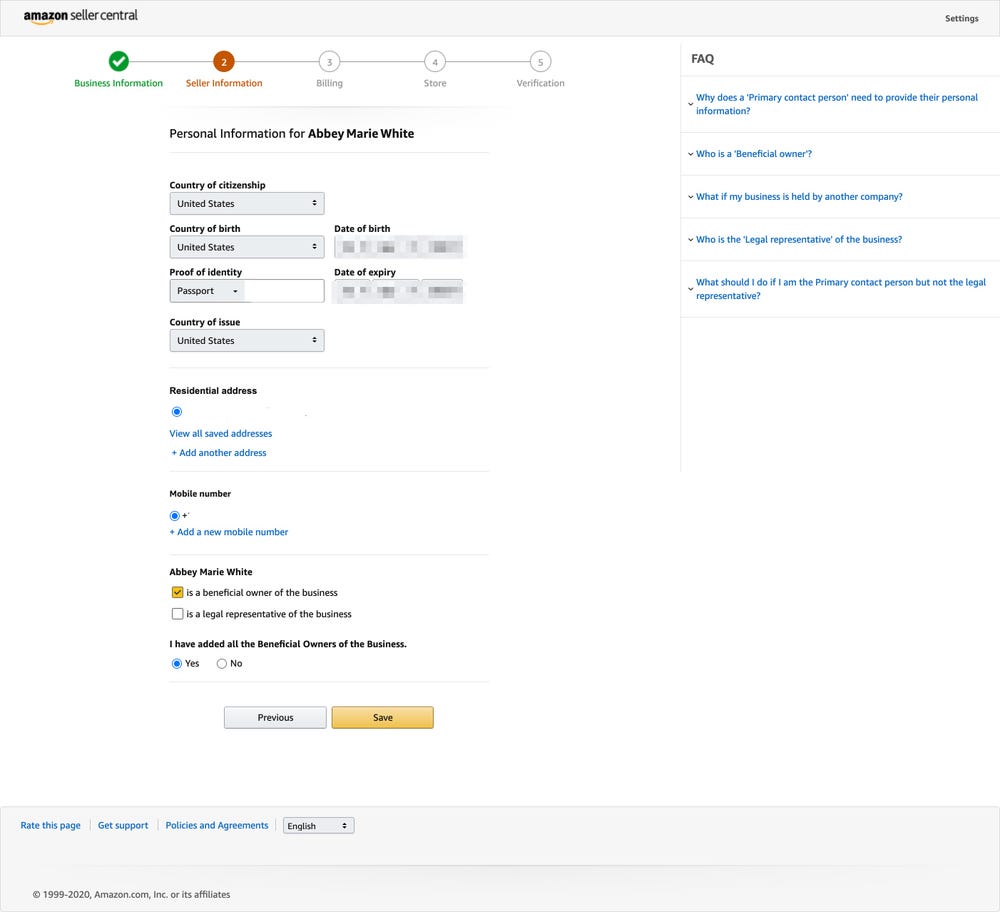
Fashion analytics is a tool that retailers can use to predict demand. It tracks what products consumers purchase online and analyzes the data. This data can be used to help retailers determine which items will be most popular and which items will become obsolete. This allows retailers to mark down their inventory and stay competitive. However, fashion analytics implementation can be complicated. This article will discuss how you can leverage big data to aid fashion analytics.
Fashion analytics: Data integration is vital
Many benefits come with big data, including personalized customer journeys and better-targeted merchandise. However, consumers have to trust that these data will be used responsibly and with their consent. To do this, companies need to create a safe and secure environment, and communicate with consumers about how they collect and use their data.
Fashion is a fast-paced industry, so big data is crucial. Retailers are increasingly using this data to create new product lines, monitor consumer behavior, and determine what consumers want. Despite the rise in e-commerce, retailers who use big information to make these decisions will continue to be competitive and thrive.

Data integration facilities make it easier to access information from disparate sources and increase the value of your dataset. These facilities can also be used to help you grow your business efficiently and safely. For example, high-end fashion brand Derek Rose was using Microsoft Dynamics and salesforce to manage customer relationships and accounts. However, they were missing opportunities for business development, and were not using their direct resources to their full potential.
Challenges in implementing advanced analytics in the business of fashion
Fashion has had a difficult time adapting production to consumers' preferences and predicting trends. This results in excessive inventory levels and reduced gross margins. Advanced analytics can help solve these issues and better assist fashion retailers in meeting customer needs. With a combination of consumer data and business intelligence, data-driven analytics can improve customer experience and increase conversion rates.
Data-driven analytics can help retailers analyze data from both online and in-store sales to determine which products are selling well and which are not. Analytics can be used by retailers to help them predict what size and style clothes their customers will buy. Retailers can use this insight to better fit customers and reduce returns. In addition, they can use this information to compare pricing with competitors and increase the accuracy of their sales and demand forecasts.
Fashion retailers face additional challenges due to shifting seasons as well as the need of bringing in the right colors, sizes, and at the right time. In addition, retailers must also manage inventory and face problems such as incorrect inventory and mismatched inventory. Fashion retailers have to contend with markdowns and product returns. This can negatively affect online store profitability.

Benefits of leveraging big data in fashion analytics
Fashion companies can use big data to better understand their customers by using fashion analytics. This type of data can be found online and used to help fashion companies segment their customers, identify purchasing patterns, and offer better products. Fashion analytics can also help retailers identify trends, identify future sales, and anticipate customer needs.
Predictive analytics for fashion includes demand forecasting, which is an AI-driven process that predicts the future demand for a given item. This is a great way for retailers to cut inventory costs and increase sales. A predictive analytics model is a tool that retailers can use to identify the best times to sell or transfer inventory.
Big data can make it easier for companies of all sizes to make better decisions. Starbucks, for instance, uses data in order to predict store success rates and future performance. The company can also avoid opening unprofitable stores. Companies can also analyze big data and predict future fashion trends by analyzing consumer behavior.
FAQ
Are mobile devices influencing fashion?
We all know that mobile phones are becoming more powerful and versatile every year. Today, they can take pictures, record videos, play music, and even surf the web. It makes sense that mobile phones can be used to check out outfits.
One example is that they can be used by some to measure the length of a garment before they are purchased. Others use them to take pictures of themselves in front a mirror.
Don't forget to take a picture of your phone if you're considering buying a new clothing item.
What trends do you predict for the fashion industry in 2023?
The future is uncertain. We can expect two major trends to continue when it comes fashion. The rise of athleisure is one. We've already seen the rise of athleisure from yoga pants to sweatpants, shorts, tanks, and sweatshirts.
However, it is not just clothing companies that are going casual. Athletes are also starting to wear them. Athleisure is becoming increasingly popular with athletes. Serena Williams, for example, wore an athleisure suit while she played against Naomi Osaka.
Personalized products will be a growing trend. Nike and other brands have begun to make shoes that are custom-made for each customer.
We'll see more wearable tech developments as technology improves. And the way we shop may change too. We could see mobile apps that let us customize our outfits as self-service kiosks become more common.
What role does Instagram play for the fashion industry
Instagram is one of the most popular platforms for brands and influencers to connect. And it's not surprising because it gives them access to a massive audience.
However, it is not about reaching an audience. Engagement is the key to influencer marketing. It's about building relationships with your followers. And that takes time.
It's all about being consistent, reliable. Quality content should be posted regularly. It is also about answering questions and comment.
Instagram is great for engaging your followers. But, it's not great for selling products. Other social media channels are available for this purpose.
Statistics
- Nearly 30% of consumers have started their holiday shopping, though 55% say rising inflation has altered their gifting and spending plans for 2022. (junglescout.com)
- As experts quabble over the official call, most consumers are already experiencing economic uncertainty: 52% say their household income is unstable, up 36% from three months ago, and 73% have either reduced or maintained their overall spending levels. (junglescout.com)
- 56% of respondents stated they held off on traveling for major entertainment events last year, but have plans to return to these events this year.1 (americanexpress.com)
- and what they are traveling for, with 78% of respondents wanting to impact the community they visit positively.1 Eating & Shopping at Small businesses (americanexpress.com)
- While 19% of respondents state they didn't travel in the past two years, other families' favorite experiences included: domestic travel (19%), beach resorts (12%), road trips (11%), international travel (10%), staycations (7%), camping (6%), and more.1 (americanexpress.com)
External Links
How To
Which trends will affect the travel industry?
The world is changing fast, and the way we do business is also evolving. The digital revolution refers to more than the internet. It's about technology's impact on us all and driving change across industries.
The industry is set to undergo significant changes over the next few years. Here are five areas of industry change that will not be lost.
-
Customer Experience
-
Technology
-
Mobile
-
Social Media
-
Connectivity
These are just some examples of the way the future of travel looks. But there are many ways these trends will affect our lives. Let's take a look at each one individually.
Customers are becoming increasingly savvy and demanding when it comes to booking holidays. Accenture says that tourists are likely to spend $8 trillion annually on vacations by 2020. Brands must make customers feel valued throughout their holiday experience and invest heavily in customer services.